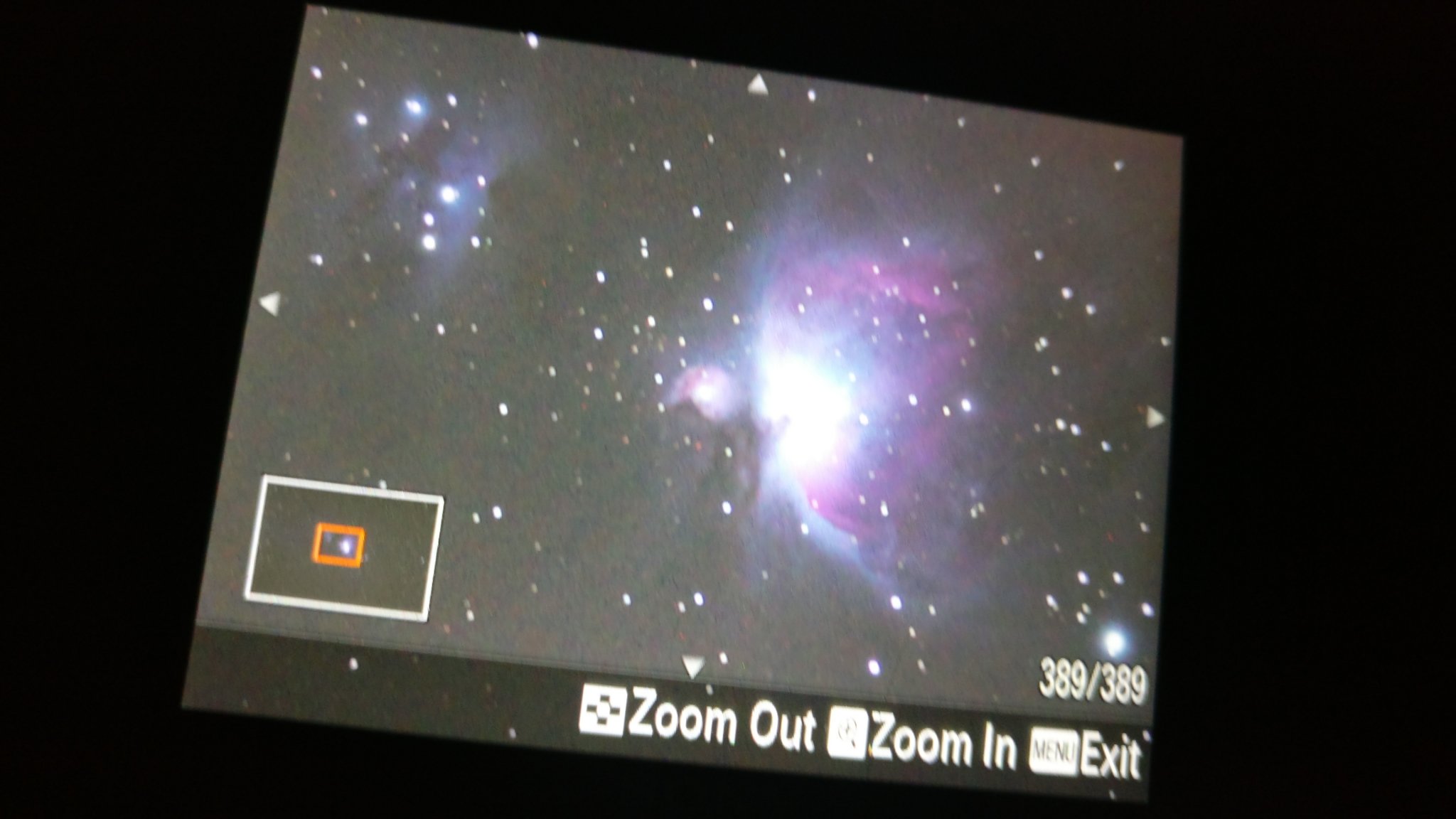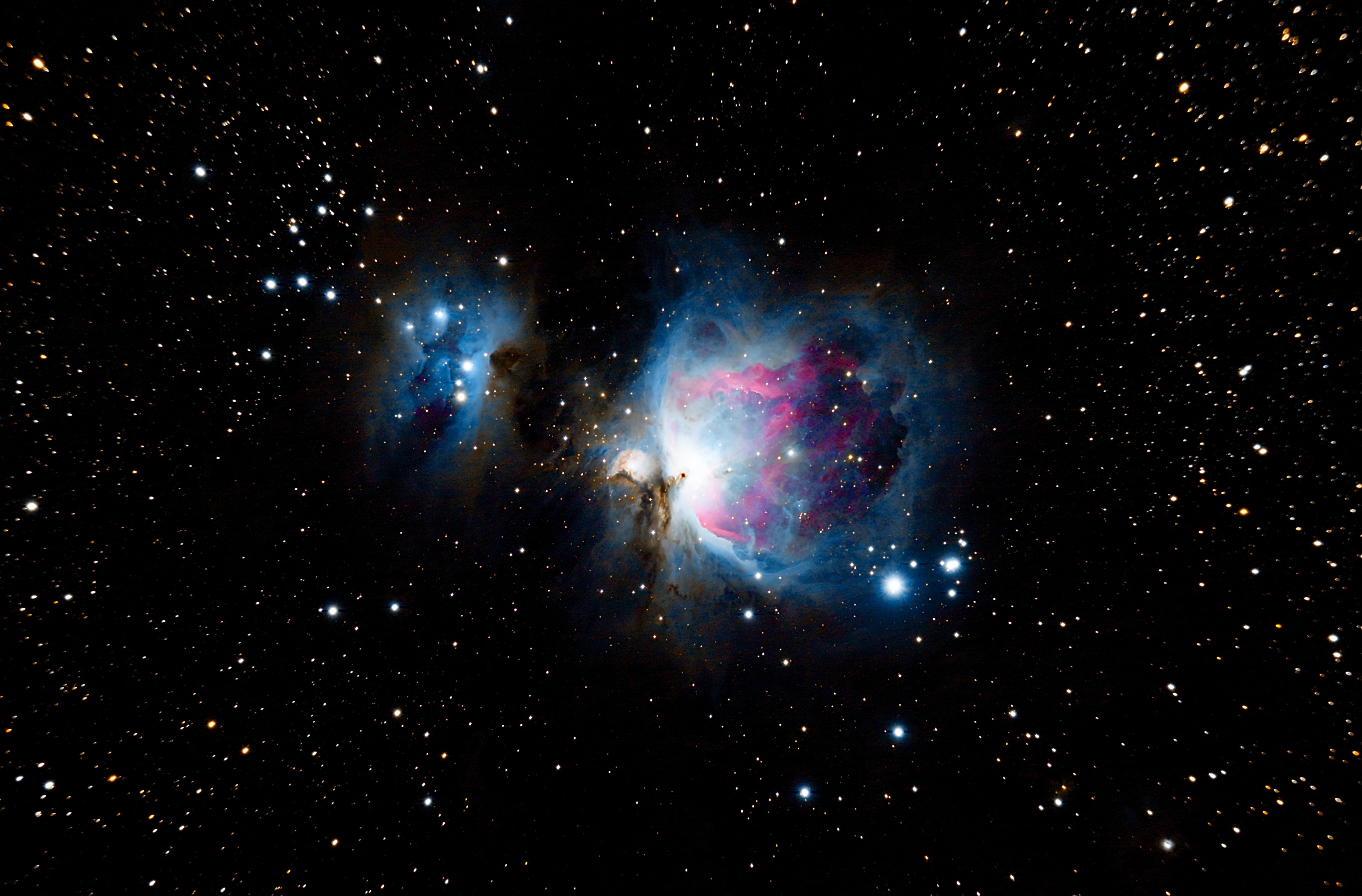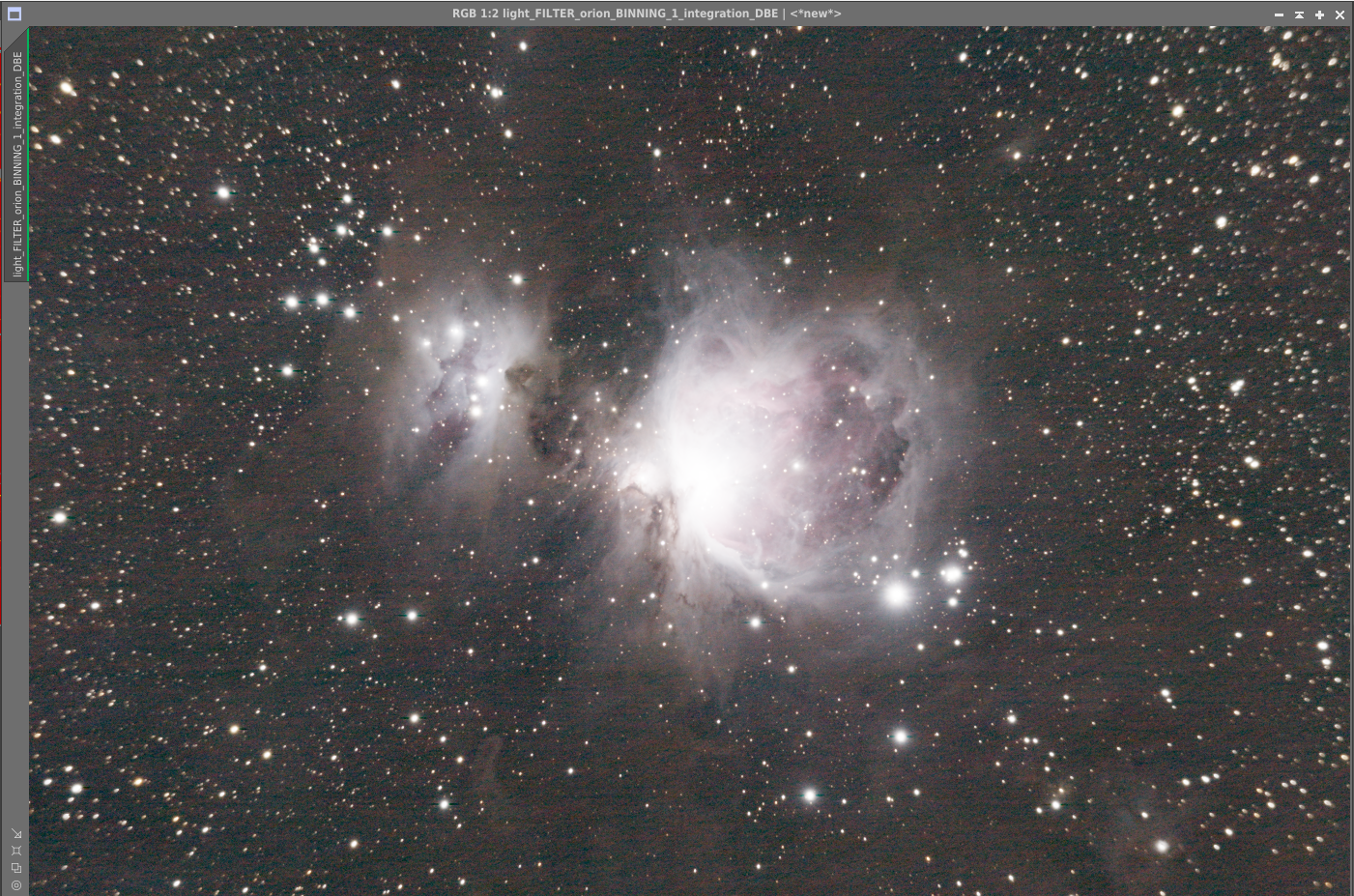dark skies
05 Oct 2018With clear skies in the forecast and being a Friday night, I decided to take my gear out to my brother’s place – about an hour east of Nashville, blessed with much darker skies. It was rather remarkable, the difference – silly as it sounds, this was my first expedition into dark skies while actually knowing what I am doing – at least a bit. We spent a little time just doing some visual through his telescope and mine, before I set up my camera to take yet another stab at Andromeda – an obvious choice for my continued testing: it’s bright, easy to find and provides a good baseline for improving my data acquisition and processing.
- Subject: Andromeda (M31)
- Camera: Sony A7S II
- Telescope: Astro-Tech AT72EDII
- ISO: 2000
- Shutter Speed: 60”
- Light Frames: 120
- Dark Frames: 40
- Flat Frames: 20
- Offset Frames: 40
- Software: Pixinsight - DynamicCrop, DynamicBackgroundExtraction, Background Neutralization, Color Calibration, SCNR noise reduction, Histogram Transformation, Curves Transformation, Unsharp Mask
Next I wanted to take a stab at the Orion Nebula, but it hadn’t risen yet, so I took a shorter set of photos of M33. M33 never turns out particularly well for me – it’s fairly dim and so I think I’d need a lot more integration time to overcome all the noise, which is quite evident in what I got:
- Subject: Triangulum Galaxy (M33)
- Camera: Sony A7S II
- Telescope: Astro-Tech AT72EDII
- ISO: 2000
- Shutter Speed: 60”
- Light Frames: 80
- Dark Frames: 30
- Flat Frames: 20
- Offset Frames: 20
- Software: Pixinsight - DynamicCrop, DynamicBackgroundExtraction, Background Neutralization, Color Calibration, SCNR noise reduction, Histogram Transformation, Curves Transformation, Unsharp Mask
Not terrible, but not great – M33 is so small in the center of the frame with my not-so-long 430mm focal length field of view, it’s hard to combat the noise. I think a much longer set of exposures would help. Once done, the Orion Nebula finally rose, and I was not prepared for how big/bright it is. It’s normally obscured by trees/buildings from my house, so I had never seen it before. It’s huge! Even single shot frames were blowing me away:
The final stacked result was pretty impressive (to me):
- Subject: Orion Nebula (M42)
- Camera: Sony A7S II
- Telescope: Astro-Tech AT72EDII
- ISO: 2000
- Shutter Speed: 60”
- Light Frames: 120
- Dark Frames: 40
- Flat Frames: 20
- Offset Frames: 40
- Software: Pixinsight - DynamicCrop, DynamicBackgroundExtraction, Background Neutralization, Color Calibration, SCNR noise reduction, Histogram Transformation, Curves Transformation, Unsharp Mask
So, some pretty good results. What does all this mean for my Noise Problem? I am not sure. I am not even sure I still have a Noise Problem so much as just normal noise and a Signal to Noise problem – i.e. it’s entirely possible I just need more integration time in clearer/darker skies, and to lower my expectations for the noise likely to result from a fullframe mirrorless Sony on a relatively hot night. There was still plenty of noise in the image as clearly seen here in this autostretched preview of the integrated data:
So while I was able to get a pretty cool photo, you can see from the above preview that there was actually a lot more nebulosity/dust-lanes that had to be discarded because I couldn’t quite separate it from the noise.
A few takeaways though:
- It seems likely that dithering would help – this is a process by which you literally move the object in your camera’s frame by shifting and rotating it. The result is that the data you are integrating is located in different parts of the image so there’s less of a tendency for noise itself to stack.
- More data is better. This should go without saying at this point – while it’s fun to try to do multiple targets, I think next time I will try for a much longer data acquisition process on one target. (Although Orion is tricky because it rises so late).




